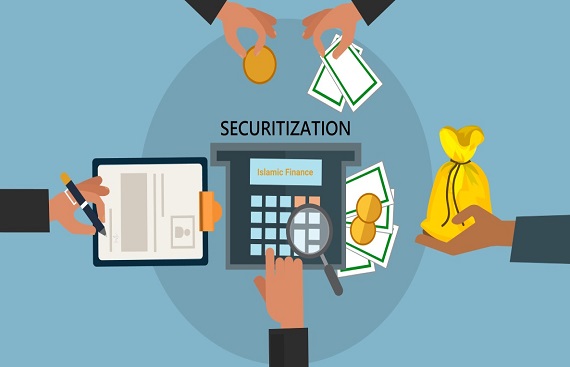Securitization increased by 42% in the first nine months of the current fiscal year

Securitization volume in India jumped 42 percent on-year and past the Rs 1.15 lakh crore mark in the first nine months of this fiscal, said credit rating agency CRISIL Ratings Ltd.
According to CRISIL Ratings, the market activity in the quarter that ended December 2022 continued the momentum witnessed in April to September period.The activity was broad-based, with wider participation, as the number of originators crossed 120 compared with about 100 in the preceding fiscal.
Among new originators in the securitized market were small finance banks that have increased their securitized issuances in recent quarters and added this mechanism as one of their routes to access incremental liquidity.
Growth in the non-mortgage space was led by commercial vehicle (31 percent) and microfinance (14 percent) loans, CRISIL Ratings said.
The credit rating agency said the unsecured loans, including personal and business loans, also continued to draw investor attention, comprising seven percent of the securitized assets compared with three percent in fiscal 2022. The share of property-backed loans, though, declined to about 38 percent from about 43 percent.
Senior Director and Deputy Chief Ratings Officer Krishnan Sitaraman said: "The securitization market is continuing to regain its mojo post the pandemic, propped up by a resurgence in microfinance and increasing preference among investors for vehicle loans. Additionally, personal and business loans seem to be gaining greater acceptance, bringing diversity to the bouquet of asset classes being securitized."
According to the report, direct assignment (DA) transactions accounted for 60 percent of the nine-month transaction quantum with this route being utilized for the sell-down of most mortgage and gold loan pools. Correspondingly, the share of pass-through certificates (PTCs) was at 40 percent, down marginally from 41 percent a year ago.
On the investor side, foreign banks and multinational institutions (about 14 percent) were more active, given their preference for investing in PTCs backed by loans advanced to economically weaker sections.
Private (53 percent) and public sector (25 percent) banks remained the largest investor groups, while the share of nonbanks remained low with mutual funds also making sporadic investments.
The public sector banks have invested in PTC-backed pools comprising a vehicle, microfinance, and unsecured business loan receivables in recent quarters.
